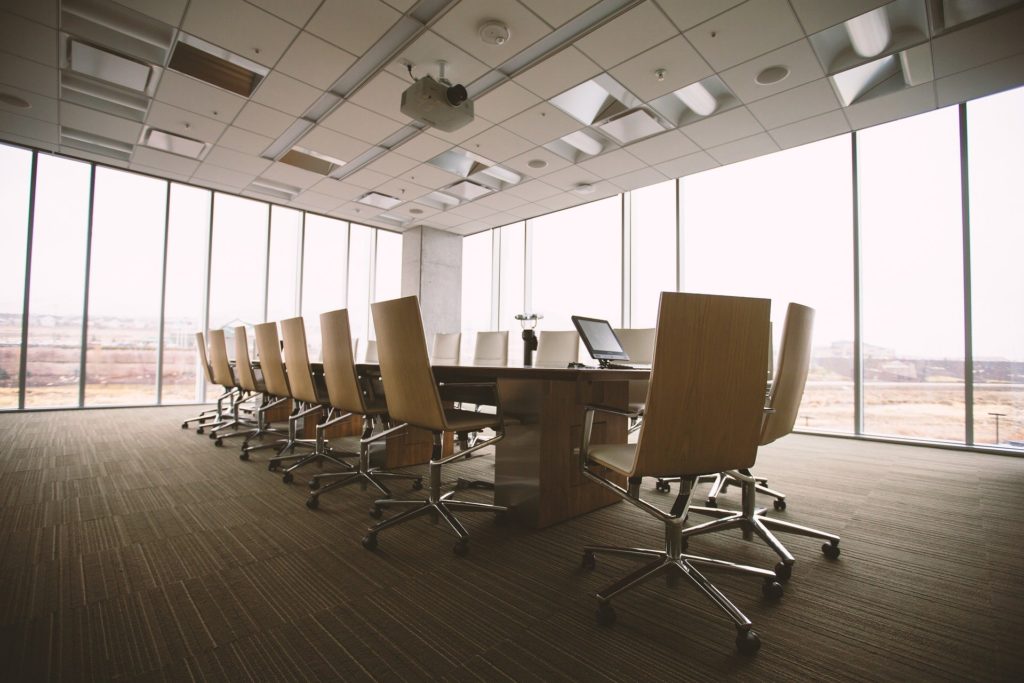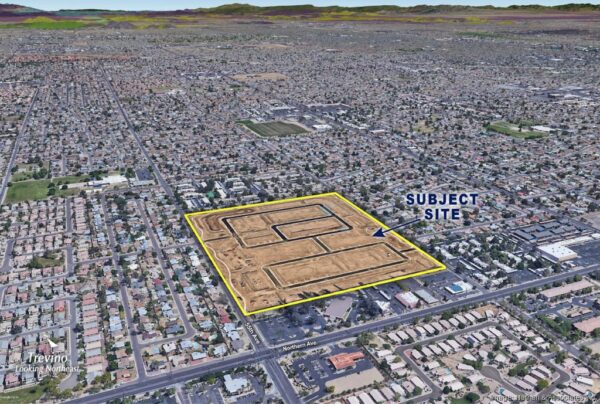
By Mike Sunnucks | Rose Law Group Reporter
Flexibility and splitting time between working from home and working at the office will be prevalent in workplaces short and long term coming out of COVID-19.
That is according to a leading architect, construction executive and commercial real estate broker who outlined how workplaces and office spaces will navigate COVID-19 and beyond at a Valley Partnership virtual forum.
“They just want the ability to have flexibility,” said Cathy Teeter, managing director for commercial real estate brokerage firm CBRE.
Teeter is seeing many office workers looking at a future of 2 to 3 days working at home and other times in the office for key meetings. She said that could be easier to accomplish for smaller offices than large corporate campuses. “They can ebb and flow a little easier,” she said.
Teeter said flexibility and workers feeling comfortable about their health at work will be key to employee retention and productivity short and long-term.
COVID-19 prompted offices to close during closure orders. Some offices have reopened with social distancing. Others have remained closed and many are allowing workers to work from home.
Some workplaces are already looking at shift work and shift days where employees vary which days and hours, they might come into the office to help with social distancing.
“It’s mixed bag,” said Martha dePlazaola Abbott, co-managing director and principal for architecture firm Gensler.
Abbott said a survey of workers and workplaces shows a desire for flexibility and at least sometime in the office for many workers
“They don’t want to be a home all the time,” Abbott said.
COVID-19 and its impacts have tenants and employers looking at how to implement social distancing and other best practices to encourage and build confidence about health safety.
Molly Ryan Carson, senior vice president and Southwest Region market leader for Ryan Companies, said she is seeing construction and development clients trying to balance those efforts with costs.
Ryan Carson also said she is seeing some new sublease space come on the market as tenants look at downsizing their workplace needs. That can impact vacancy and rental rates.
“Sublease space sometimes tends to be around 50 cents on the dollar,” Ryan Carson said.
Concerns about COVID-19 as well as unrest in downtown areas as well as dense markets such as New York and Chicago could also lead to more moves to suburban office parks with more privacy and fewer elevator rides.
Abbott said COVID concerns could also lead to less use of mass transit, but she said tenants and workers are going to expect more amenities and appeal from traditional and sometimes stale suburban office parks.
“If people are really going to move out of the city, I think they are going to want more,” Abbott said during Valley Partnership event.
While many are expecting to see some exits out of major downtowns, Abbott is not as worried for downtown Phoenix and Tempe comparing their density to New York and others.
“None of these cities are like New York, Boston or even L.A.,” she said.












